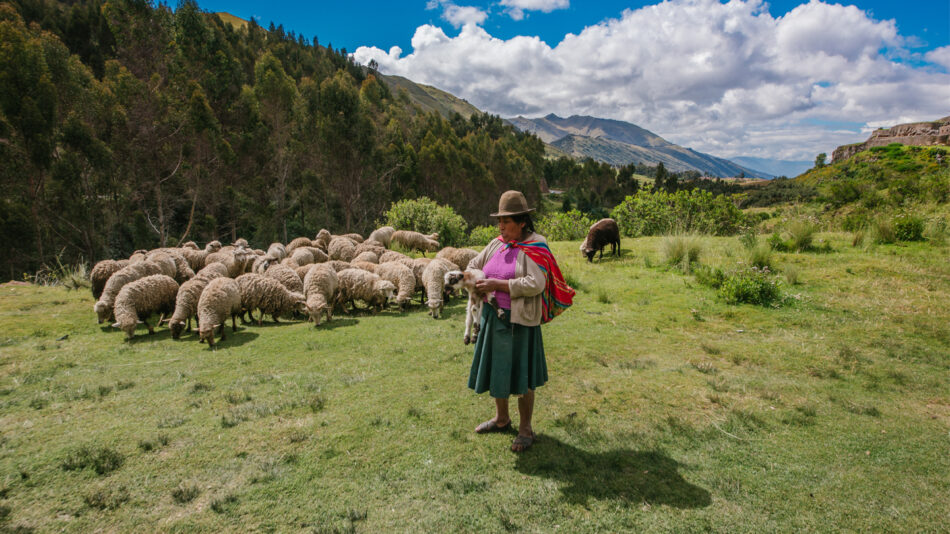For the many positives of travelling, occasionally there’s the odd negative as well. One of those negatives is altitude sickness…
What is altitude sickness?
Altitude sickness, or ‘soroche’ as it’s called in Cusco, happens when you’re at high elevation, usually above around 8,000 feet above sea level. At this height the air is thinner (meaning there is less pressure), so while the oxygen percentage remains the same, the air becomes less dense. Each breath you take contains less oxygen than you’re used to, resulting in you feeling the need to breathe faster. Your body will begin pumping blood more rapidly in order to take in the same amount of oxygen, and this can be a shock to the system, creating various symptoms.

What are the symptoms of altitude sickness?
- Dizziness or light-headedness
- Headaches
- Nausea and/or vomiting
- Diarrhoea or constipation
- Difficulty breathing
- Heart racing
Ways to treat altitude sickness
The most important thing to remember is that altitude sickness is completely normal. Cusco sits at an elevation of 11,152 feet (3,399 metres) so most travellers passing through will feel some sort of altitude affect. The good news is, there are many natural ways to try and beat the symptoms:
Take it easy
This is super important, and best of all gives you a legit excuse to have a seriously lazy couple of days. Your body is trying to acclimatise to the lower amount of oxygen it’s getting, so why make it work any harder than it needs to? Avoid long hikes or strenuous activity, and just be kind to yourself.
Avoid alcohol
Studies have shown that drinking alcohol can actually enhance the effects of altitude sickness, so if you don’t want double the chance of a vomit/diarrhoea party, best to lay off the Pisco Sours for a couple days.
Stay hydrated
Sometimes it’s tricky to tell the difference between altitude sickness and dehydration, so make sure you’re drinking plenty of liquids (of the non-alcohol variety) at all times. High altitudes can often be very dry, so keep those water levels topped up to the max.
Bring chlorophyll drops/tablets
If you cast your mind back to those hazy biology lesson days, you may remember chlorophyll is actually the molecule plants use to absorb sunlight. So is it safe for human consumption? Well actually, yes. Chlorophyll increases the amount of red blood cells in your system, and the more red blood cells there are, the more opportunity there is for oxygen to be absorbed, hence reducing the effects of altitude sickness. You can pick up chlorophyll drops or tablets at most health food stores, then just pop a few drops in your water each day.
Drink coca tea
Yes we know, coca is the plant from which cocaine is made, but coca leaves themselves are totally safe with little potency. Coca tea is common place is Cusco (and Peru wide), and is a staple way of treating altitude sickness. You can also chew coca leaves for extra energy, but go easy on them if you don’t want to experience heart palpitations.
Concerned about altitude sickness? Speak to your doctor before your trip to ask any questions you may be worrying about, and remember to always keep a close eye on your body. If you are experiencing symptoms more extreme than the above, get yourself straight to an emergency room – they’ll hook you up to an oxygen tank stat.

